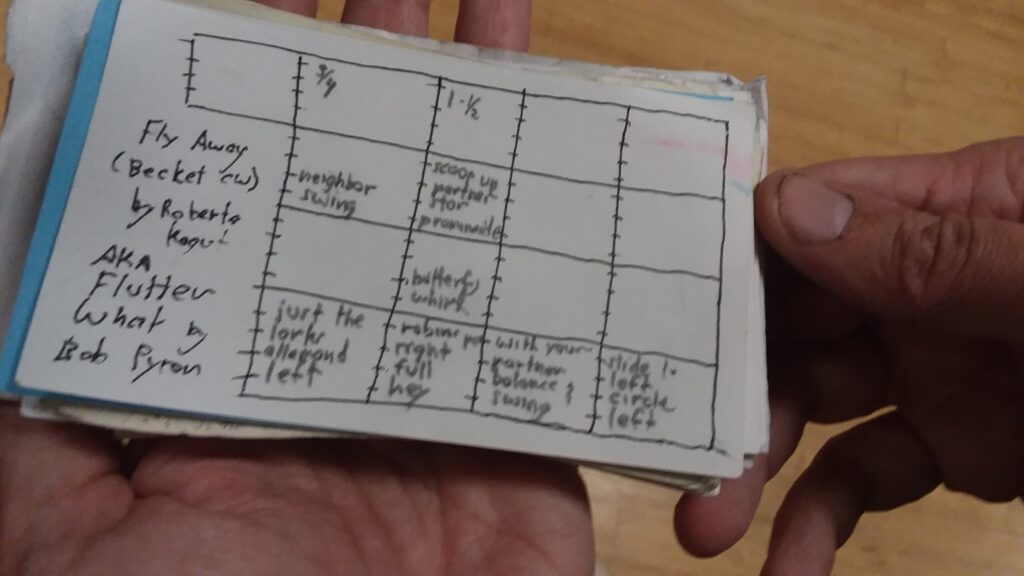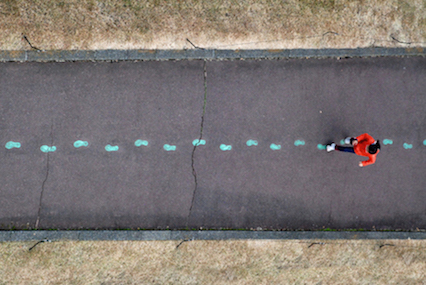As a new contra dance caller, I have been working hard to find dances and resources on calling. At this point, I have found a few, so I created an interactive video with some of my online resources.
My New Dances
As I promised last week, I am back with new dances. I pulled together five new dances that I hope to learn before my next calling opportunity (on February 4th). My newest dances are:
With Thanks to The Dean – Steve Zakon- Anderson
I found this dance this fall when I was dancing at the Victoria Contra Dance this fall. I fell in love with this dance because it is a double progression (meaning that dancers move through two minor sets each time the band plays the tune). Double progression dances are often quite difficult, so I was pleased that this one was accessible. I asked the caller for the name after the dance.
I found this dance when Eric Curl was calling Victoria Contra Dance on January 28th. Eric called a variation of this dance called Fly Away by Roberta Kogut. Both dances feature a star promenade and a butterfly whirl which are figures that I would like to learn to call. After the dance, Eric let me take a photo of his dance card. I chose to learn Heart of Glass rather than Fly Away because Heart of Glass is a very popular dance that I have danced many times.

Orono Special – Tony Parkes
This is an easy dance that I already had in my caller box because it was a dance that Rosemary had called many times. I knew that she loved this dance because the dance card was bent.
Awesome Double Progression Dance – Donna Calhoun
This dance was already in Rosemary’s calling box and it has a double progression. I learned about it from Rosemary and the Rising Contra Dance Callers Collective facebook page.
Petronella is a traditional contra dance that people still love to dance today. The version of Petronella that I am learning to call is a variation to the traditional (some people call the variation “Citronella”). I am learning the adapted version because it is a bit easier to call, but it still contains the balance the ring and twirl figure that made the dance a classic.





